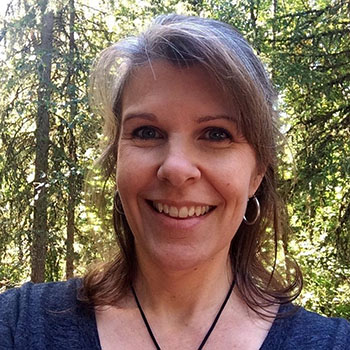Book review: From Home Education to Higher Education
/From Home Education to Higher Education: A Guide for Recruiting, Assessing, and Supporting Homeschooled Applicants
by Lori Dunlap
(GHF Press, 2017)
Buy from an independent bookseller or Amazon.
By all accounts, homeschoolers tend to show up on campus as self-directed, self-motivated learners
who have a sense of ownership and personal responsibility for their learning and their lives.
—Lori Dunlap
Lori Dunlap’s enlightening and important new book is clearly aimed at two distinct but related audiences: (a) college admissions officers who want to better understand homeschooled applicants and (b) homeschooling families who want to be well prepared and positioned for college admissions. I would suggest that there are at least two more audiences that could benefit from reading this book: (c) families of students who have attended small, alternative (and perhaps unaccredited) private schools that do not produce conventional transcripts and (d) guidance counselors and administrators who work at those same alternative schools and want to help their decidedly nontraditional students find success in the traditional college admissions system.
Dunlap is an education and career adviser at Teach Your Own near Portland, Oregon. She has served as a career development program director, adjunct faculty member, and admissions committee member at Arizona State University. The book is informed by her professional experience in admissions; her personal background as a homeschooling parent; her analysis of multiple scholarly studies of homeschooled and unschooled students’ outcomes as college applicants, students, and graduates; and her own research, including recent surveys she conducted of both college admissions officers and homeschooling families.
Published last summer, the book begins with a straight-talking overview of contemporary homeschooling and homeschoolers. The author explains that there are as many approaches to homeschooling as there are homeschoolers, and she describes a continuum, from highly structured (also known as “school at home”) to unstructured (best known as “unschooling”), with most practitioners falling somewhere in the middle as “eclectic” homeschoolers.
Dunlap goes on to examine and debunk the most common misconceptions about homeschoolers:
- Homeschooled children are unsocialized.
- Homeschoolers are religious.
- Only wealthy families can homeschool.
- Parents cannot teach better than licensed teachers.
She also discusses the most obvious reasons for, as well as some likely underlying causes of, the rapid growth of secular (nonreligious) homeschooling in the United States. Paramount among these is dissatisfaction with the quality (and, with the rise of high-stakes standardized testing, the quantity) of meaningful learning experiences in public schools.
One category where homeschoolers tended to outperform their [college] peers
from other schooling backgrounds was campus leadership—homeschoolers were
significantly more involved in leadership positions for longer periods of time.
—Kunzman & Gaither 2013, “Homeschooling: A Comprehensive Survey of the Research”
(quoted in Dunlap)
The book distills the findings of numerous studies that show homeschoolers to be just as successful in college “across all measures of success” as their conventionally schooled peers—and in some measures, such as leadership, even more so. This data is echoed in survey responses from admissions officers and administrators at colleges and universities small and large, public and private, including Ivy League and other highly selective schools.
These kids are the epitome of Brown students. They’ve learned to be self-directed,
they take risks, they face challenges with total fervor, and they don’t back off.
—Joyce Reed, Associate Dean, Brown University
Dunlap presents a set of “Common and Best Practices” derived from a series of interviews the author conducted with admissions professionals at a wide variety of colleges and universities in 2016. One of these recommended practices is the portfolio submission option, which is gaining in popularity for all types of students because it allows them to present a more robust picture of their abilities and accomplishments than the cold, hard numbers of test scores and GPAs.
The final chapter turns those best practices into actionable recommendations for admissions professionals. Dunlap’s suggestions include expanding admissions websites to include specific (and welcoming) instructions for homeschooled applicants, thoroughly educating admissions staff about the college’s policies and procedures for homeschoolers, designating a staff homeschool specialist, providing an online transcript template, and many more good ideas. The book’s appendices provide more details about Dunlap’s survey process and lists of helpful resources for both college admissions staff and college-bound homeschoolers and their families.
A personal note: This book couldn’t have landed on my desk at a better time for my family. As a parent of an alt-schooled senior in the thick of college applications, I’m grateful to have had the opportunity to soak up Lori Dunlap’s insights. As an educational consultant, I look forward to displaying From Home Education to Higher Education prominently on my office bookshelf and recommending it to my clients.
Teri Sperry












